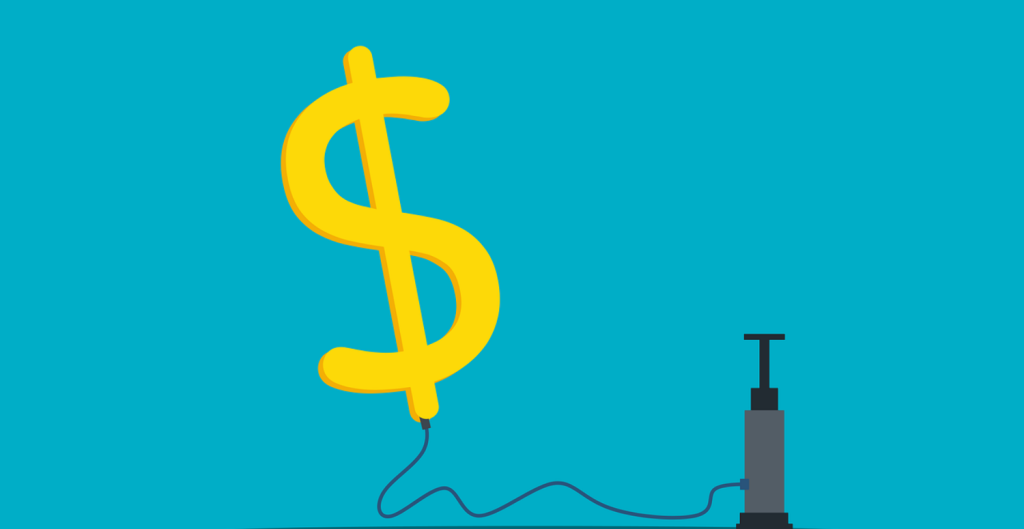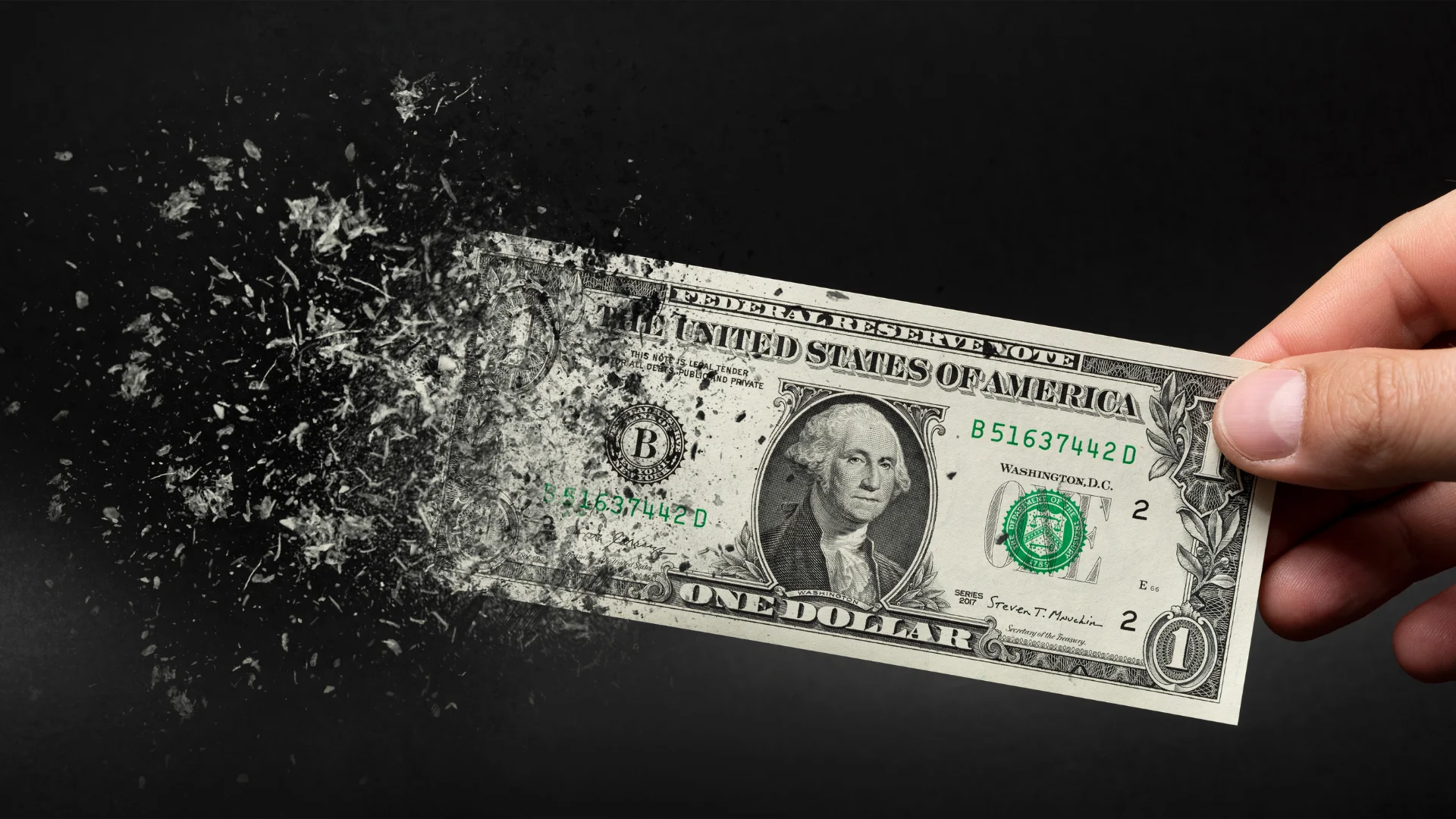Inflation has always played a central role in shaping economic behavior, but in 2025, its impact on American purchasing power is more evident than ever. As prices climb across almost every sector—from groceries to housing to gas—households across the United States are feeling the pinch. Even modest income increases are often not enough to offset the higher cost of living, forcing many to reassess how they spend, save, and survive.
The ripple effects of persistent inflation go far beyond the supermarket checkout. From long-term savings plans to small daily choices, Americans in 2025 are grappling with a reality where their dollars don’t stretch as far as they used to.
Why inflation surged and how it caught everyone off guard

Although inflation was expected to ease after the post-pandemic recovery phase, a mix of domestic and global factors pushed it further. Supply chain disruptions, labor shortages, and geopolitical conflicts have all contributed to rising costs. The Federal Reserve’s tightening policies have not been able to fully control this complex inflationary environment.
Another key driver has been consumer behavior. With pent-up demand after years of restrictions, Americans resumed spending aggressively in sectors like travel, dining, and retail. This sudden demand spike, paired with limited supply, created a perfect storm for rising prices. Businesses passed these costs on to consumers, deepening the financial strain.
Food, fuel, and the basics: where Americans feel inflation the most
One of the most visible effects of inflation in 2025 is at the grocery store. Prices for everyday items like bread, milk, eggs, and vegetables have risen significantly, with some staples costing 20% more than just two years ago. Families on fixed incomes, especially seniors and single parents, are among the hardest hit by this food price surge.
Gasoline and utilities have also seen consistent price hikes. Although alternative energy and electric vehicles are gaining ground, most Americans still rely on traditional fuel sources for commuting and heating their homes. This makes them vulnerable to global oil market fluctuations and seasonal changes that exacerbate costs.
The middle class under pressure: changes in lifestyle and spending
America’s middle class is arguably experiencing the most significant shifts. Once a symbol of financial security and upward mobility, this group now faces difficult choices: postpone vacations, cut back on eating out, and prioritize needs over wants. These lifestyle changes reflect not only tighter budgets but also growing uncertainty about the future.
Big-ticket purchases like cars, appliances, and home renovations are being delayed or financed over longer periods. The fear of overextending on credit, combined with rising interest rates, has made consumers more cautious. Even with promotions and discounts, spending behavior has become more conservative.
The psychological toll: how inflation is changing financial mindset
Beyond the numbers, inflation is reshaping how Americans think about money. Financial anxiety has become more common, with rising stress over bills, debt, and job security. The cost of living has not only impacted wallets but also mental health and personal relationships.
People are becoming more financially literate out of necessity. Budgeting apps, investment podcasts, and personal finance coaches are more popular than ever. There’s a sense of urgency to understand where money goes, how to cut costs, and how to prepare for an uncertain financial future.
Policy responses and economic outlook for the coming months
In response to inflation’s widespread impact, both federal and local governments have introduced measures aimed at relief and stabilization. Stimulus packages targeting low-income families, tax credits, and temporary subsidies for energy and food are among the most discussed policies. However, critics argue that these efforts may not be enough or arrive fast enough.
The Federal Reserve continues its cautious balancing act between raising interest rates to cool inflation and avoiding a full-blown recession. This delicate maneuver is being closely watched by economists, businesses, and consumers alike. The stakes are high, as too much tightening could suppress job growth, while too little could let inflation spiral further.
Generational divide: how inflation affects age groups differently
Young adults entering the workforce in 2025 are facing a uniquely challenging landscape. With starting salaries often not matching the pace of inflation, many recent graduates struggle to achieve financial independence. Student loans, expensive rent, and limited job mobility create a cycle that delays milestones like home ownership or starting a family.
In contrast, older generations with fixed incomes, such as retirees, are also under pressure. Their savings may not stretch as far, and many have had to reconsider their retirement plans. Some are even returning to part-time work or gig jobs to make ends meet, reshaping traditional views of retirement.
Meanwhile, parents raising children are navigating rising costs in education, healthcare, and child care. These expenses are now consuming larger portions of household income, leaving less room for savings or leisure. This financial squeeze is creating new social dynamics, as multi-generational households become more common and financial support flows in both directions.
Business adjustments: how companies are reacting to shifting demand
Businesses across the country are not immune to the impact of inflation. From small shops to large corporations, many are adjusting pricing, staffing, and operations to cope with rising costs. These changes influence consumer behavior, employment trends, and overall economic health.
Retailers, for example, are offering smaller product sizes at the same price—a practice known as “shrinkflation.” This tactic allows them to avoid visibly raising prices but often frustrates consumers who feel they’re getting less value for their money. Transparency has become a growing concern among loyal customers.
Companies are also rethinking their workforce strategies. Some are automating tasks to reduce labor costs, while others are focusing on employee retention through flexible work policies or benefits. The labor market remains tight, making it crucial for businesses to attract and keep talent even amid economic uncertainty.
Financial strategies to protect purchasing power in an inflationary economy
With inflation unlikely to disappear overnight, Americans are seeking smarter ways to protect their finances. One popular strategy is diversifying investments to include assets like real estate, commodities, and inflation-protected securities. These tools help cushion the blow of rising prices over time.
Others are refinancing debt to lock in lower interest rates or paying off credit cards more aggressively to avoid increasing balances. Financial advisors recommend keeping a closer eye on monthly budgets, trimming non-essential spending, and building emergency funds whenever possible.
Education remains a key factor in developing effective strategies. Financial literacy is no longer a luxury but a necessity. Individuals and families who proactively manage their money, plan ahead, and remain adaptable are more likely to maintain or even improve their purchasing power despite the challenges of 2025.



